

Saint Francisville
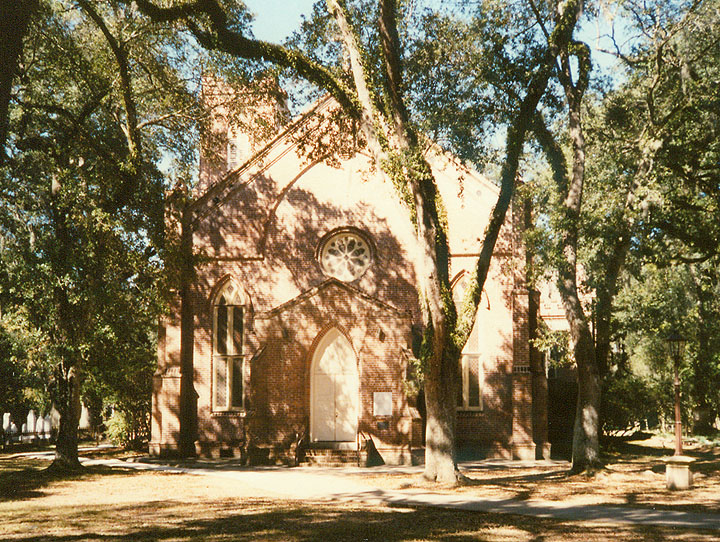
church in Saint Francisville
This oldest town in the Florida Parishes has been called the town two miles long and two yards wide; it lies on a loessal ridge created by the dust storms of the Glacier Period. Swept n from the western plains, this soil formed vertical cliffs sometimes ninety feet high which rested on the sand and clay bottom of an ancient sea. These formations occur only in a narrow strip of land extending from Baton Rouge into Tennessee; the ridges are actually the foothills of the Appalachians.
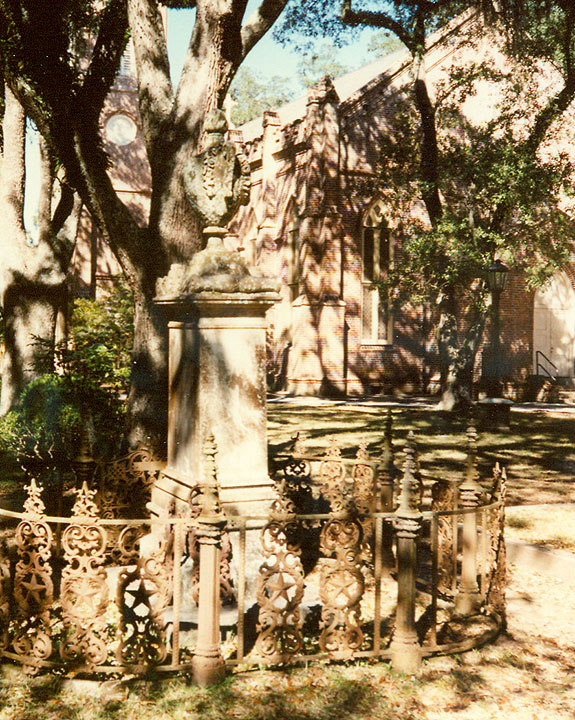
church grave yard
This bluff attracted early Spanish Cauchins in need of a highland burial ground.
They received a land grant from their king and built a wooden monastery sometime
between 1773 and 1785. The settlement which straggled up around the cemetery and
monastery took its name from the order's gentle patron. By 1785 the number of
land grants taken up by settlers prompted the Spanish government to create the
district of Nueva Feliciana comprising all the land of the Florida Parishes --
the instep of the boot that is Louisiana today. "La Villa de San Francisco" was
dignified by charter and town plat when it was developed early in the 1800's by
John H. Johnson, who marked off streets and squares with optimistic disregard of
loessal topography.
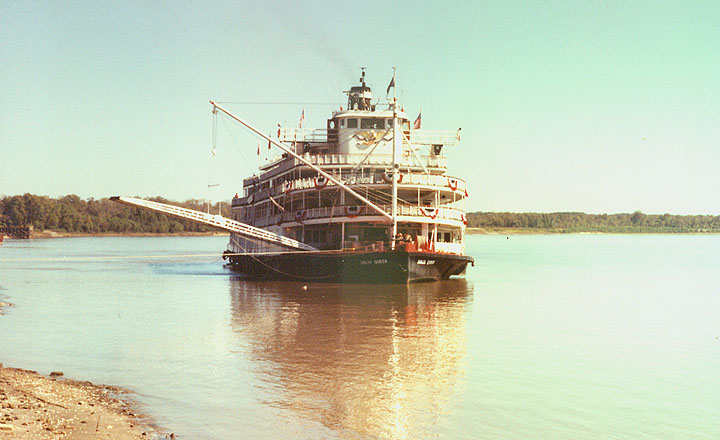
the Delta Queen coming in to land below the bluff

a line to shore to guide it in
More Photos of the Delta Queen
Below the bluffs of St. Francisville a different sort of town grew. Bayou Sara took its name and impetus from the creek which provided flat boaters a safe anchorage. With the steamboat, Bayou Sara became one of the largest cotton ports on the river. Its rowdy richness fell before civil war, fire, flood, and the boll weevil. Hardly a trace remains today.

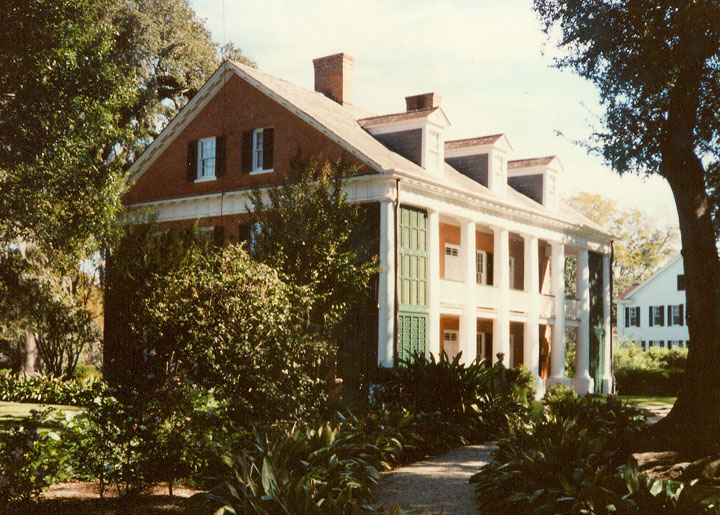
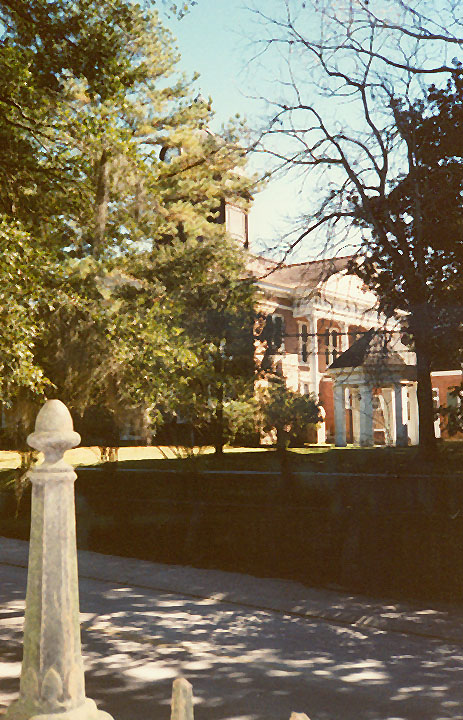
historic center
St. Francisville has survived and reflects the growth and character of the
surrounding countryside. A stroll through its historic center awakens a sense of
place and an awareness of history with two centuries of architecture and life
styles.
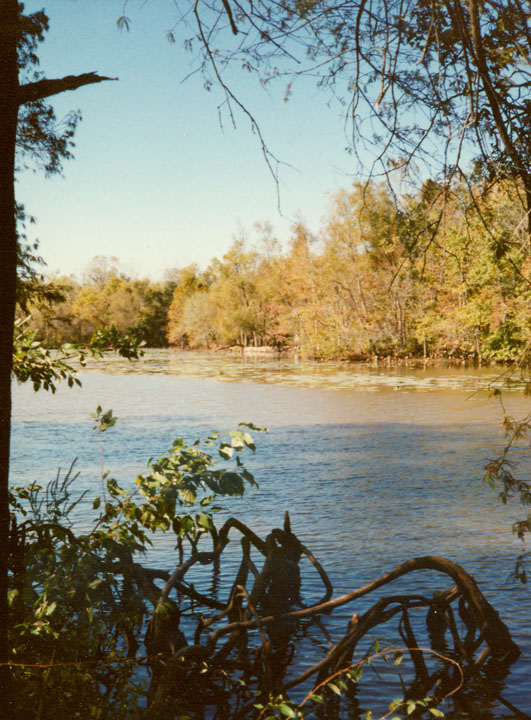
local landscape